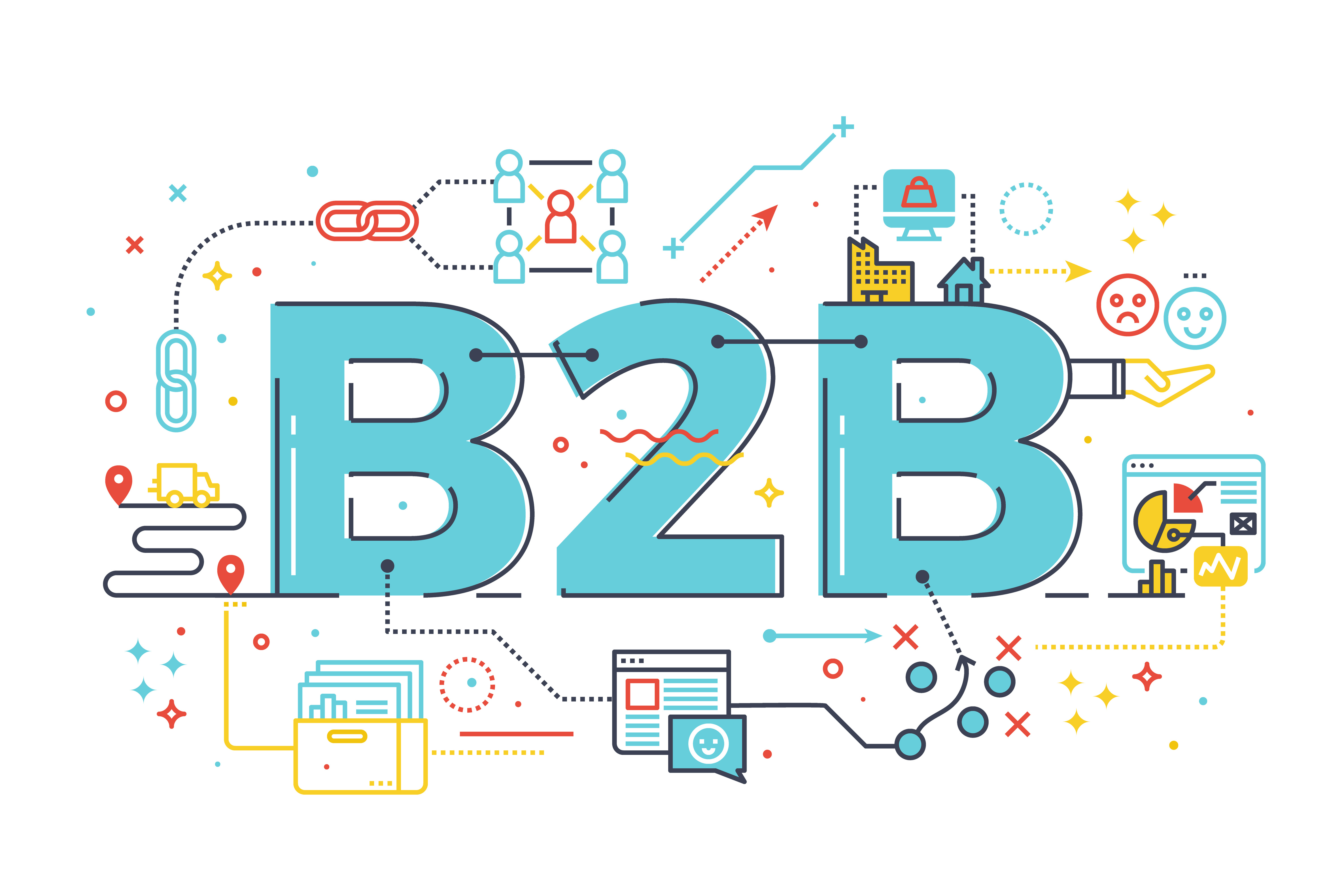



If you’re looking to attract ideal customers to your SaaS product or service with B2B healthcare marketing, you’ll want to avoid a few common mistakes – both in your external messaging to prospects and your internal management and measurement of marketing performance.
One of the defining characteristics of B2B sales compared to B2C is the length of the transaction. A lot of this has to do with the number of people involved. A consumer purchase may require only a single person to make a buying decision. But in B2B, it can sometimes be as many as six to twelve people involved in a purchasing decision, according to research from Gartner.
Any project with that number of people won’t happen as quickly as one with only a few decision-makers. When you combine this factor with the complexity of heavily regulated industries like healthcare, it’s easy to see why some B2B transactions can take several weeks or even months.
How to Avoid: Understand the typical purchase timeline and set your expectations accordingly. Create smaller sub-goals within the longer sales cycle, such as signing up for a demo or scheduling an on-site presentation. If possible, time your B2B SaaS marketing and sales communications to align with your prospect's significant milestones along the purchasing journey, such as the release of a customer's new funding for a department or business unit.
A longer sales cycle doesn’t mean your marketing department should just sit back and wait for a prospect to convert into a client on their own. B2B SaaS marketing is the perfect field for a kind of marketing technique known as a nurture funnel or sequence. We like to think of this kind of nurturing as the building relationships with your prospects so that you can earn their business when they’re ready.
Without an adequate nurture funnel, busy B2B prospects may forget about your software or SaaS company and its solution – even if they have a need for what you offer. Nurturing helps you stay top of mind even when you aren’t actively doing business with a company.
How to Avoid: Map out the buying journey from the perspective of your healthcare software prospects. Determine what kind of resources, information and demonstrations could be helpful at each step, then do your best to deliver those resources on the right channels – typically email and social media.
Even the most basic consumer goods have different types of people who purchase them for slightly different reasons. This is also true of more complex B2B transactions completed by healthcare organizations of all sizes. You probably already know that certain kinds of buyers tend to be a better fit for what you have to offer. These ideal clients are happier with your offering’s features and pricing than others, and they also tend to require less service and assistance after they make a purchase. Additionally, there are some prospects who may be ready to buy soon, while others are still in the earliest stages of their buying journey.
The big question: how do you know which clients are ideal and which are a less-than-perfect fit? That’s where lead scoring comes in. Lead scoring is defined by Marketo as “a shared sales and marketing methodology for ranking leads in order to determine their sales readiness.” It also means assigning values, often in the form of numerical "points," to each lead you generate, which can be based on multiple attributes, including the professional information they've submitted to you and the way they've engaged with your website and brand online. Without lead scoring, you run the risk of wasting valuable time and resources on prospects who likely won’t become clients, while neglecting to adequately nurture the ones that are very interested in doing business with you.
How to Avoid: If you don’t have any kind of lead evaluation or scoring in place, you should first make sure you’ve created an ideal customer profile (ICP) to help you better qualify leads. This is a basic system for describing essential characteristics of your healthcare software buyer. This could include attributes like company size, industry, geographic location, years in business, etc. After that, you can assign each qualified lead a numerical value—some companies rank them from 0 to 100, based on the qualities you are looking for. Examples include demographic information and company information but also online behavior, email engagement, and social media interaction. You’ll also want to take into account leads that may be spam, such as ones with form fields missing or sometimes even those who have given a Gmail account, to determine whether they deserve a negative score. Your sales team, your customers, and your analytics reports will all help you compare these attributes to the characteristics of clients you’ve had the most success with in the past.
This is a basic manual process for lead scoring. Once you get more comfortable with it, there are plenty of B2B SaaS marketing software tools that can score your leads automatically, based on your desired input criteria.
The key to B2B marketing in healthcare industry channels – or any other B2B sector – is making sure you can build a data-backed case for why a company should invest in your offering. Not many healthcare businesses will be willing to invest in a software tool or service without strong evidence that it’ll bring them a sufficient return on investment. Data from Gartner shows that over 90% of business buyers need to have a business case to present for all technology solutions.
That’s why successful B2B healthcare marketing practitioners understand how to connect their offerings back to tangible business results. For sales and marketing solutions, this typically means a greater number of leads or clients or higher monthly revenue. For more internal solutions, this could be an increase in efficiency: getting your normal workflows completed in a faster way. The key to any kind of B2B SaaS marketing is connecting your offering to these business goals in as simple of a method as possible.
How to Avoid: Incorporate real data in your marketing efforts whenever possible. Use case studies, quotes from clients, statistics, and any other kind of evidence you can think of. If possible, try to present them in a conclusive method. For example, you might include a statistic on a landing page that reads: “Company X saved 25% on quarterly marketing costs by using our analytics dashboard.”
The mistakes presented here are described generally: it’s tough to offer details about problems to avoid in your marketing without understanding the specifics of your healthcare SaaS or software business. But no matter what kind of solution you offer, understanding your sales cycle, creating nurture funnels, scoring leads and building a stronger business case will help make your marketing more relevant to prospects, and as a result, more effective at achieving your desired goals and benchmarks.
Looking for some help sorting out your digital marketing plan and avoiding these and other mistakes? At Spot On, we’ve helped many healthcare software businesses elevate their digital marketing strategies. Click here to schedule a time to chat with one of our experts to discuss how we can help.


Spot On co-founder and partner Susie Kelley is dedicated to leveraging technology to advance innovative solutions in highly regulated industries. Driven by the opportunity to elevate brands, she co-founded Spot On in 2012 after having spent 15 years honing her marketing skills in an agency. Susie leads business development with a personal touch, focusing on building lasting relationships with clients to meet — and exceed — their goals for business growth.
Get the latest and greatest posts sent straight to your inbox.


